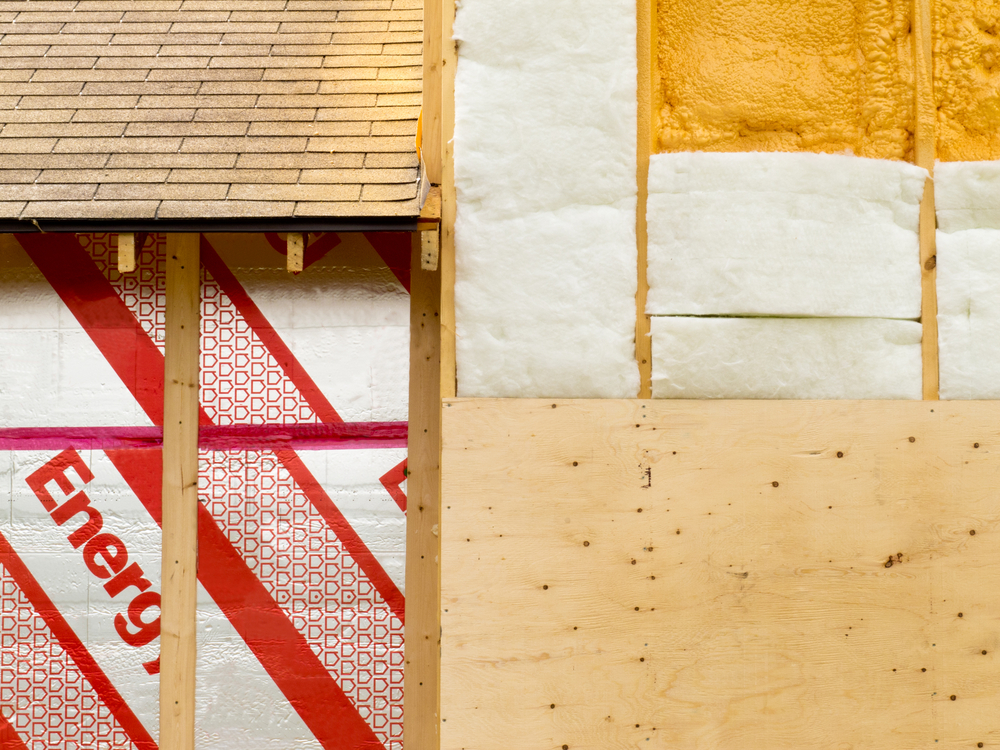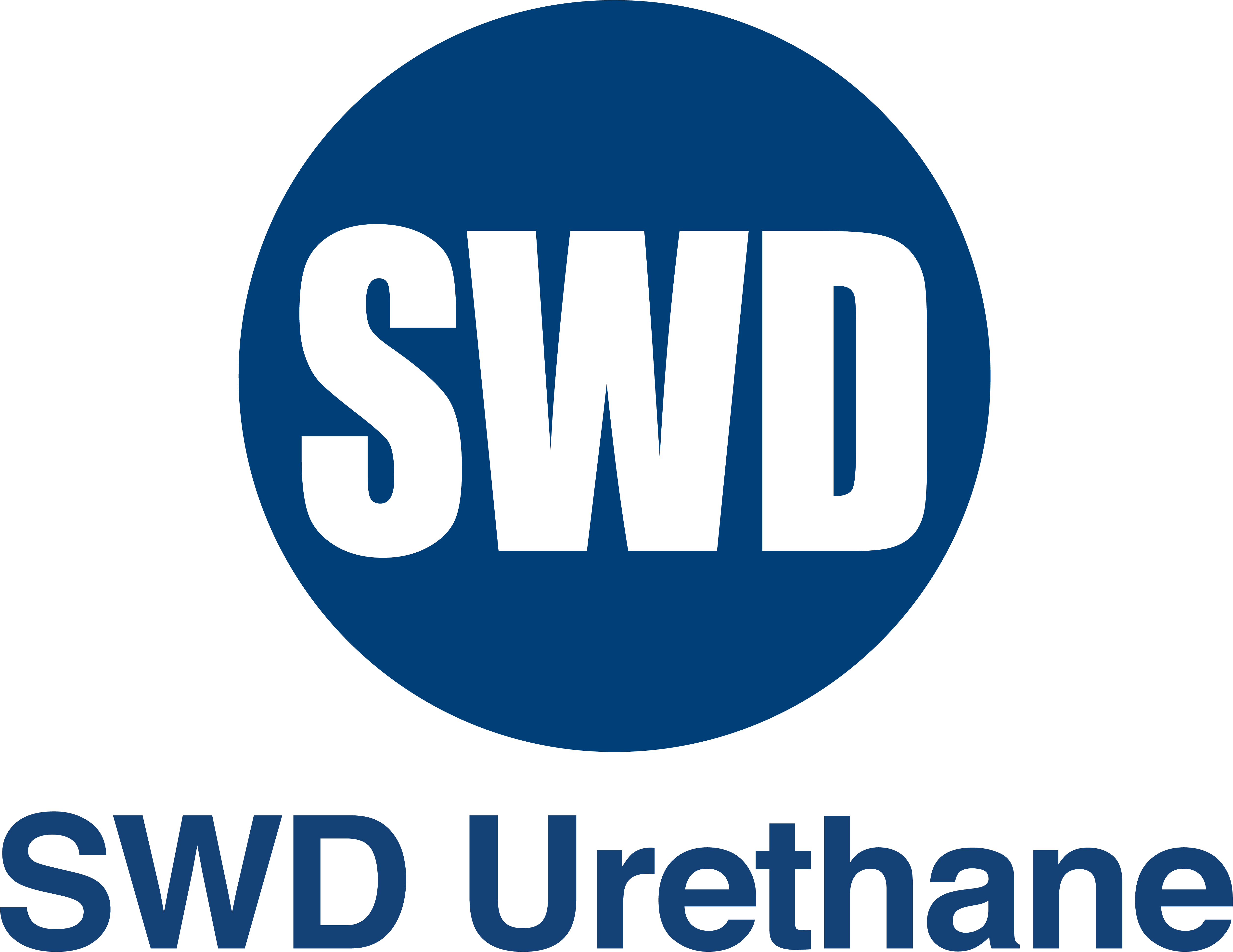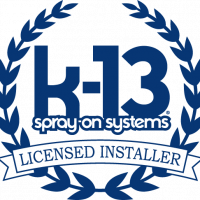
When the October skies darken and the rainy season settles over coastal California and the Sierra Nevada, homeowners face a recurring challenge: keeping their homes dry, warm, and energy-efficient. Moisture intrusion is one of the most persistent enemies of insulation, and choosing the right material can make or break your home’s comfort and structural integrity. Two common options—spray foam insulation and fiberglass insulation—perform differently when confronted with damp conditions. Understanding how each reacts to humidity, temperature swings, and prolonged exposure to moisture is essential, especially in regions where rain and snow are seasonal norms.
The Rainy Season Challenge in Coastal California and Sierra Nevada
October signals the beginning of wetter months in much of coastal California. Ocean air brings high humidity and frequent rainfall, while the Sierra Nevada experiences colder temperatures and early snow. These distinct yet equally challenging climates create a need for moisture-resistant insulation that can handle both marine dampness and mountain chill.
In coastal regions, the constant moisture in the air means that vapor can seep into walls, crawl spaces, and attics, leading to mold growth and reduced insulation performance. Meanwhile, homes in the Sierra Nevada face the additional stress of melting snow and freeze-thaw cycles, which can push water vapor through cracks and into the insulation layer. When wet insulation loses its ability to trap air effectively, energy bills rise, and indoor comfort declines.
This makes October a critical time for inspections and upgrades. Homeowners often discover that their insulation for wet climates needs reinforcement—or replacement altogether—before the heaviest rainfall begins.
Spray Foam Insulation: The Moisture-Sealing Powerhouse
Spray foam insulation is widely recognized for its air-sealing capabilities. When applied, the foam expands to fill gaps, crevices, and irregular surfaces, creating a continuous thermal barrier that also serves as a moisture and air seal. There are two main types: open-cell and closed-cell spray foam. For regions with heavy moisture, such as coastal California, closed-cell spray foam is the superior option.
Closed-cell spray foam has a dense structure that resists water absorption and prevents vapor from penetrating through walls or roof decks. This property makes it an ideal moisture-resistant insulation choice for homes exposed to salty ocean air or driving rain. In attics and crawl spaces, it helps prevent condensation and mold, while also improving the structural rigidity of walls and roofs.
In the Sierra Nevada, where snowmelt and freezing temperatures can wreak havoc on traditional materials, closed-cell spray foam maintains its integrity even in extreme cold. Its tight seal keeps warm air inside and prevents ice dams from forming on roofs, reducing the risk of water leaks. Homeowners who choose this insulation often enjoy more consistent indoor temperatures and significantly lower heating costs through the long mountain winters.
However, the benefits come with higher upfront costs. Installation requires professional expertise and careful ventilation planning. Once installed, though, spray foam insulation can last for decades without sagging or losing performance, making it a long-term solution for moisture control and energy efficiency.
Fiberglass Insulation: Affordable but Vulnerable in Wet Conditions
Fiberglass insulation has been a popular choice for decades due to its affordability, availability, and ease of installation. Typically made from fine glass fibers, it traps air to slow heat transfer. While fiberglass performs well in dry climates, its effectiveness decreases sharply when exposed to moisture.
In coastal California, high humidity levels can cause condensation to accumulate in attics or between wall cavities. Fiberglass tends to absorb this moisture, and once wet, it loses its insulating value. Damp fiberglass can also harbor mold and mildew, creating indoor air-quality concerns. The problem is compounded when vapor barriers are missing or poorly installed, allowing humid air to reach the insulation layer.
In the Sierra Nevada, the challenges are even greater. Snow accumulation on roofs can lead to leaks or ice damming, and when melted water seeps into fiberglass insulation, it compresses and clumps. Once that happens, drying it out completely is difficult, and the insulation may need full replacement. Over time, this repeated wetting and drying cycle can reduce R-values and increase energy costs.
Fiberglass can still be part of a successful insulation solution in wet regions if installed with proper vapor retarders and ventilation. Encapsulated fiberglass batts—wrapped in a moisture-resistant facing—offer better durability than loose or open batts. However, compared to spray foam insulation, fiberglass remains more susceptible to moisture intrusion, making it a higher-maintenance choice for the rainy months of October and beyond.
Comparing Moisture Resistance and Long-Term Performance
The contrast between spray foam insulation and fiberglass insulation becomes most evident under wet conditions. Spray foam’s closed-cell structure forms a near-impenetrable barrier against water and air infiltration, while fiberglass’s porous composition makes it a sponge for humidity and leaks.
For coastal California, where rain and sea air combine, spray foam offers superior protection against salt corrosion, moisture, and mold. It also helps block sound and drafts—benefits that improve comfort in windy coastal areas. In contrast, fiberglass requires consistent monitoring and may degrade faster when exposed to humid ocean air.
In the Sierra Nevada, where winter moisture is often followed by freezing temperatures, spray foam once again takes the lead. Its rigidity and adhesive nature prevent moisture from entering or freezing within wall cavities. Fiberglass, even when installed with a vapor barrier, cannot always withstand prolonged exposure to snowmelt or condensation.
Energy efficiency also plays a major role in this comparison. Spray foam provides higher R-values per inch and reduces heat loss through air leaks, while fiberglass relies heavily on perfect installation and dry conditions to reach its rated performance. Over the lifespan of a home, the energy savings from spray foam can offset its higher initial investment.
Still, homeowners should weigh their specific needs. Fiberglass may remain viable in well-ventilated spaces where moisture is controlled, such as interior walls or ceilings in drier mountain zones. For exterior walls, basements, or coastal attics, however, moisture-resistant insulation like spray foam delivers greater protection and long-term reliability.
Choosing the Right Insulation for Wet Climates
Selecting the best insulation for wet climates requires understanding local weather patterns, building materials, and long-term maintenance goals. In coastal California, homes benefit from insulation that can repel moisture and resist salt exposure. Closed-cell spray foam insulation excels in these settings, particularly for crawl spaces, attics, and exterior walls exposed to ocean air. Its ability to act as both insulation and vapor barrier makes it ideal for preventing mold and structural damage during the rainy season.
In the Sierra Nevada, insulation solutions must combat both water vapor and cold. Spray foam performs exceptionally well in these dual conditions, creating an airtight seal that prevents warm indoor air from meeting cold exterior surfaces. This minimizes condensation, protects roof structures, and helps maintain steady indoor temperatures.
Fiberglass, while less expensive, requires careful consideration. It can work effectively if paired with proper vapor barriers, good drainage, and routine inspections. Homeowners seeking to use fiberglass should ensure that all roof and wall penetrations are properly sealed and that ventilation is adequate to prevent trapped humidity.
The decision ultimately depends on balancing cost, performance, and risk tolerance. For those living in particularly damp or variable areas of coastal California or high-altitude parts of the Sierra Nevada, investing in spray foam’s durability and moisture control can pay off in comfort, energy savings, and peace of mind.
Conclusion
As October’s rains return to coastal California and snow begins dusting the Sierra Nevada, the importance of moisture management in home insulation cannot be overstated. Both spray foam insulation and fiberglass insulation have their roles, but only one provides a comprehensive shield against the relentless effects of water, humidity, and temperature swings. Spray foam, particularly the closed-cell variety, offers unparalleled moisture-resistant insulation performance, sealing out dampness and preserving indoor comfort all season long.
For homeowners preparing their properties for the rainy months, now is the time to inspect, evaluate, and upgrade. In the battle between spray foam insulation and fiberglass insulation, the winner for wet climates is clear: the material that stands firm against moisture will safeguard your home’s efficiency and structure for years to come.
Need Insulation Near You?
Since 2001, Ace Insulation Inc. has been your premier insulation experts. We take pride in being locally owned and operated as well as offering high-quality service. We specialize in the installation of insulation. Whether you are building a new home or renovating your existing space, we are the place to call. We have many materials to choose from, including fiberglass and spray foam. If you are looking for high-quality work, call us today to schedule your next consultation!


